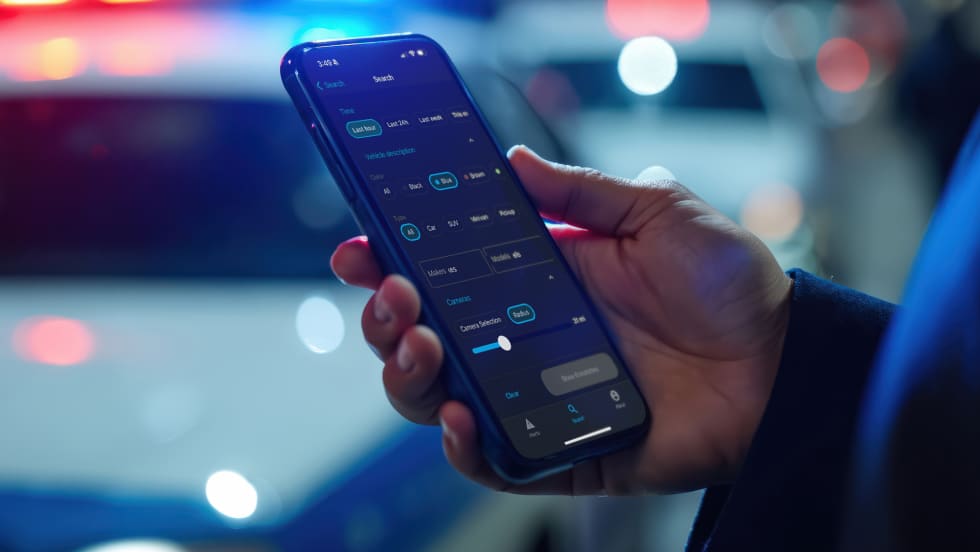Admin Privileges Restricted—End users regardless of rank should not have administrative privileges on law enforcement systems or computers. If a user has admin privileges on a device and it is compromised, then an attacker with their credentials has administrative privileges on the device as well. Those IT personnel with administrative privileges should have secondary accounts with admin privileges rather than their primary accounts having administrative privileges. That means their public facing, day-to-day business account for e-mail, etc. should not have administrative privileges. They should have to use specific accounts for when they need administrative privileges, and those accounts must require 2FA or MFA to secure that access. This is a critical step that not everyone in IT will like. It is more cumbersome and less efficient for them to have to use specific accounts for administrative privileges, but it greatly reduces the risk of their account being compromised.
Network Segmentation—If your network is part of a larger municipal or county network you should be asking your IT Department to segment your portion of the network from the rest. A user on the network from another city or county department should not be able to access your portion of the network period. Network rules can be set that prohibit that from happening. Mostly this is logically separating the networks not physically. Physical segmentation would be ideal but is far more costly. If an attacker compromises a user at City Hall, you need your network to be configured so that they cannot elevate their permissions and transit the network to your law enforcement network. In the private sector this is referred to as “lateral movement.”
Costly Damage
In the private sector, one of the most serious costs of a data breach is loss of reputation. Customers and other companies may be reluctant to do business with another business that suffered a data breach. Especially when they are not forthcoming about the breach. Law enforcement is very aware of the damage to trust and public perception regarding critical incidents. I would ask you if you have considered the damage to reputation or trust if your law enforcement records are compromised. If the PII of crime victims were released into the wild, or if your law enforcement records were destroyed. Do you have a plan for cyber attack response. Law enforcement has unique and additional burdens when it comes to law enforcement data than other city departments may have.
Law enforcement leaders need to be part of the conversation when disaster recovery is being discussed from an IT perspective. Also, IT needs to be planning for more than “smoking crater syndrome” (physical loss of a data center). It needs to be prepared for the destruction or theft of data and what to do next.
I am old enough to remember working in a patrol car with nothing but a radio, a shotgun, and paper forms. Can your organization do that now? What is your plan if everything IT is down? How long can you function? Agencies in this nation have had this happen to them, including PSAPs losing CAD functionality and total loss of networks due to cyberattacks to entire agencies losing any functionality for their systems from RMS access to even email. Have a plan, exercise the plan, be prepared. Most importantly protect the public you serve by protecting the information they have given to you. Some due to legal requirements and some voluntarily so that you can help them.











